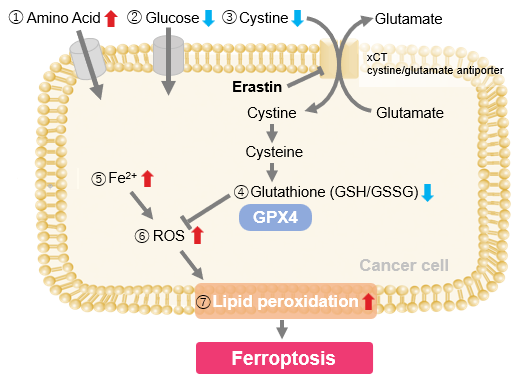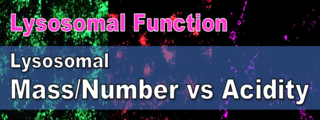| Ferroptosis, a regulated and non-apoptotic form of cell death, has gained increasing attention in cancer and neuroscience, particularly as a therapeutic strategy against apoptosis-resistant tumors in cancer research1. However, cancer cells can develop resistance. Recent studies have identified 7-dehydrocholesterol as an endogenous suppressor of ferroptosis that blocks lipid peroxidation2. Elucidating these resistance mechanisms and promoting phospholipid peroxidation may lead to novel approaches in cancer therapy. | ||||||||||||||||||||
|
1. The cell biology of ferroptosis (Nature Reviews Molecular Cell Biology, 2024) Related technique Lipid Peroxide Detection, Lipid Droplet Detection |
||||||||||||||||||||
|
2. 7-Dehydrocholesterol dictates ferroptosis sensitivity (Nature, 2024) Highlighted technique: Using genome-wide CRISPR–Cas9 screening and targeted gene knockouts, this study identified cholesterol biosynthesis enzymes that modulate ferroptosis sensitivity through regulation of 7-dehydrocholesterol (7-DHC) levels. The anti-ferroptotic role of 7-DHC was confirmed by quantifying lipid peroxidation using fluorescent probes. Related technique Intracellular Fe2+ Detection (Used in this article), Mitochondrial Lipid Peroxide Detection (Used in this article) |
||||||||||||||||||||
Related Techniques (click to open/close)
|
||||||||||||||||||||
Application Note (click to open/close)
|
||||||||||||||||||||
|
|
We investigated the transition of cellular metabolisms in A549 cells treated with erastin, a known ferroptosis inducer. Our results revealed the following. Results Cell Line: A549 |
||
|
Products in Use |
 |
||
















